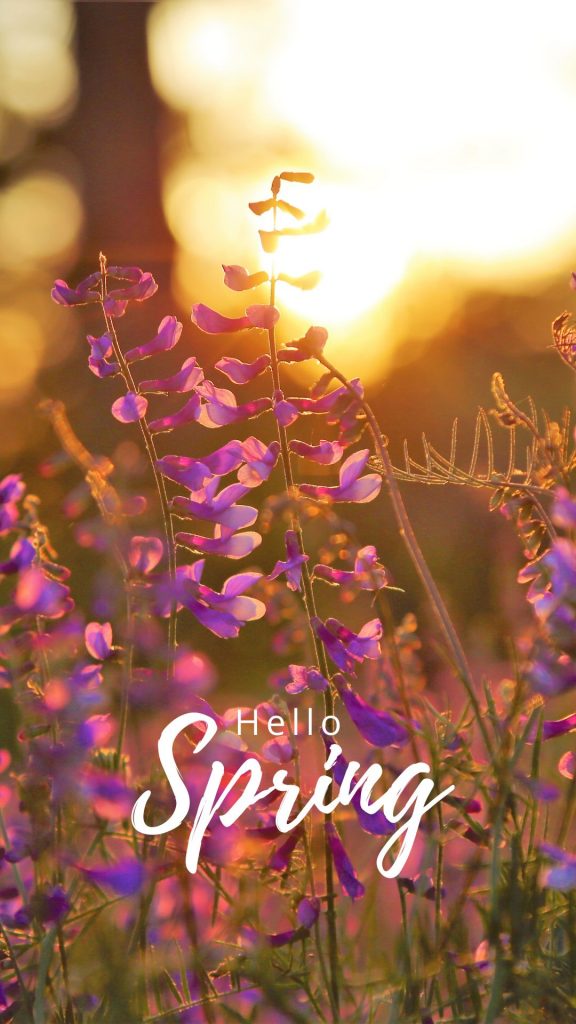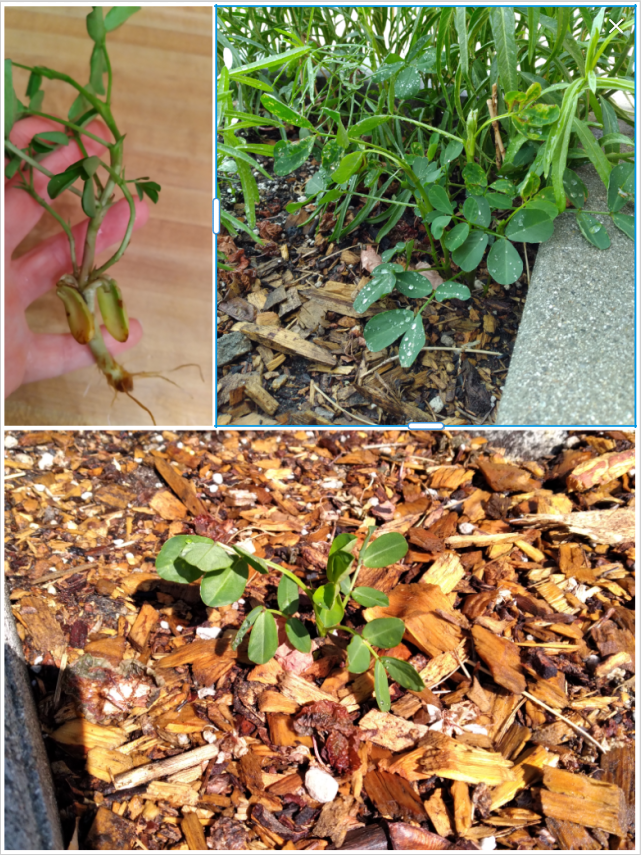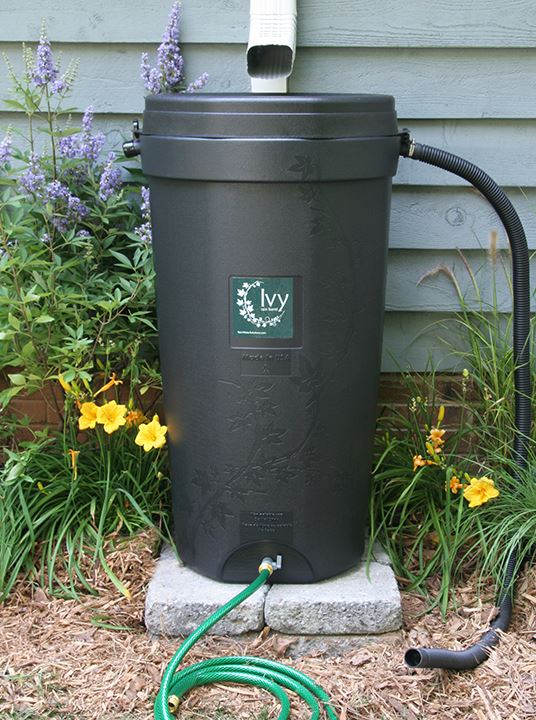Prepare your Garden for Summer Heat Waves
Think About Resilience From the Outset
If you have not yet established your vegetable plot, I recommend thinking about resilience from the outset. Think about weather conditions which may be experienced in our area. Plant for as much biodiversity as possible and make a climate-resilient garden through the plants you choose, and the ways in which you think about soil, water, and other factors.
Remember, growing in rows in a traditional vegetable garden is not the only option. Perennial planting schemes like forest gardens can make your garden far more resilient, whatever extreme weather conditions climate change will bring.
Provide Plants With Shade During the Hottest Part of the Day
If you already have a vegetable plot and have been caught out by a heat wave, I suggest thinking about shade. Shade can reduce temperatures considerably. It can stop certain plants from bolting prematurely.
And, of course, shade can reduce water use. Typically, vegetable plots in temperate climate zones are positioned in full sun, or close to full sun. But when there is extreme heat, these spots can become scorching. So adding shade during the hottest periods could help.
Shade cloth is one simple option. But remember, you can use reclaimed, natural fabrics for a more eco-friendly solution.
Shading with other plants can also be beneficial. Think about using trees, shrubs, or even taller annual plants to provide shade for those other plants which need it. You might also place a trellis or other support structure with climbing plants that provide some shade. A good layout in a vegetable garden can make a big difference. In the northern hemisphere, remember that shade plants should be positioned to the south or west of other plants to provide shade during the hottest part of the day.
Avoid Bare Soil
I advise making sure the soil is covered, either with mulch or living plants, to reduce water loss from the soil and reduce local soil temperatures. Remember, protecting your garden during a heat wave includes taking care of the soil and its complex web of life, not just your plants. And an area of bare soil will emit far more heat than a vegetated area.
Improve Irrigation or Watering Systems
The best time to think about irrigation and watering is obviously before extreme weather arrives. But you can still beat the heat in your garden if you think about these things once the hot weather arrives.
Obviously, during hot weather, watering needs will increase. So manual watering can be more of a challenge. If you do not already have sustainable watering systems such as drip irrigation, or clay pot, or water globe irrigation for a smaller space, now could be a good time to get them in place.
Consider adding automation to make it easier to make sure you meet the water needs of your plants. Though of course, you should also make sure you have a sustainable supply. And set up rainwater harvesting systems.
Add Thermal Mass
Choosing the right bed edging could also help you beat the heat. Materials with high thermal mass catch and store the sun’s heat energy during the day and release it slowly when temperatures fall. So they can help keep temperatures more stable in an area.
While particularly beneficial in a greenhouse or other undercover growing area, adding thermal mass may also be beneficial in other areas of your garden. Choose materials like stone, clay, earth, etc., and consider carefully how these can be used within your garden design. They can help beat the heat in summer and help with the cold temperatures in winter too.
Beat the Heat in Outdoor Living Areas
While growing food and other resources in your garden is important, you might also like to consider how you can continue to enjoy outdoor living areas during a heat wave.
To make your garden a more pleasant place to spend time in summer, you might like to consider making sure that you have shaded seating areas—below trees, arbors, pergolas, or other structures clad with climbing plants, for example.
In high temperatures, making sure your garden has water available for wildlife is even more crucial than usual. And when you attract plenty of wildlife, your garden can be an even more pleasing place to spend some time.
In some gardens, taking a dip could be the perfect way to cool off on a hot day. A natural swimming pond or natural swimming pool could be the ideal eco-friendly solution.
And finally, when enjoying your garden, think about ways to make the most of your home-grown produce. For example, create some cooling cordials, smoothies, ice-creams, or ice lollies using the fruits and berries (and even vegetables and/or herbs) that you grow.



